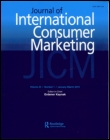 Advertising often confronts consumers with foreign languages, such as German or French in the US, but little is known about the circumstances under which this is effective. The linguistic theory of foreign language display claims that the congruence with the product is the essential element in its effectiveness. This study investigates this premise by having Dutch participants (N = 150) evaluate ads for products that were (in)congruent with the language of the slogan (French, German, Spanish). Results show that foreign language display is indeed more effective for congruent (e.g., wine–French) than for incongruent products (e.g., beer–French).
Advertising often confronts consumers with foreign languages, such as German or French in the US, but little is known about the circumstances under which this is effective. The linguistic theory of foreign language display claims that the congruence with the product is the essential element in its effectiveness. This study investigates this premise by having Dutch participants (N = 150) evaluate ads for products that were (in)congruent with the language of the slogan (French, German, Spanish). Results show that foreign language display is indeed more effective for congruent (e.g., wine–French) than for incongruent products (e.g., beer–French).
- Hornikx, J., Meurs, F. van, & Hof, R.-J. (2013). The effectiveness of foreign-language display in advertising for congruent versus incongruent products. Journal of International Consumer Marketing, 25 (3), 152-165. [pdf].

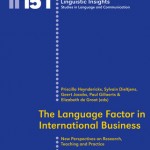

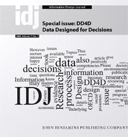
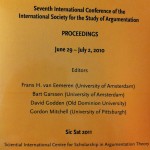
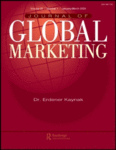

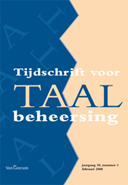
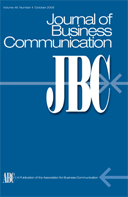
 It is a truism that successful persuasive messages should be adapted to audience values. A substantial research literature—not previously systematically reviewed—has examined whether advertisements with appeals adapted to the audience’s important cultural values (e.g., individualism for North Americans) are more persuasive and better liked than appeals that are unadapted to such values. A meta-analytic review of that research finds that adapted ads are only slightly more persuasive (mean r = .073, 67 cases) and slightly better liked (mean r = .082, 66 cases) than unadapted ads. Moreover, these effects were mainly limited to North Americans and Asians and to values related to individualism-collectivism. In this chapter, we discuss explanations for these results and identify directions for future research.
It is a truism that successful persuasive messages should be adapted to audience values. A substantial research literature—not previously systematically reviewed—has examined whether advertisements with appeals adapted to the audience’s important cultural values (e.g., individualism for North Americans) are more persuasive and better liked than appeals that are unadapted to such values. A meta-analytic review of that research finds that adapted ads are only slightly more persuasive (mean r = .073, 67 cases) and slightly better liked (mean r = .082, 66 cases) than unadapted ads. Moreover, these effects were mainly limited to North Americans and Asians and to values related to individualism-collectivism. In this chapter, we discuss explanations for these results and identify directions for future research.